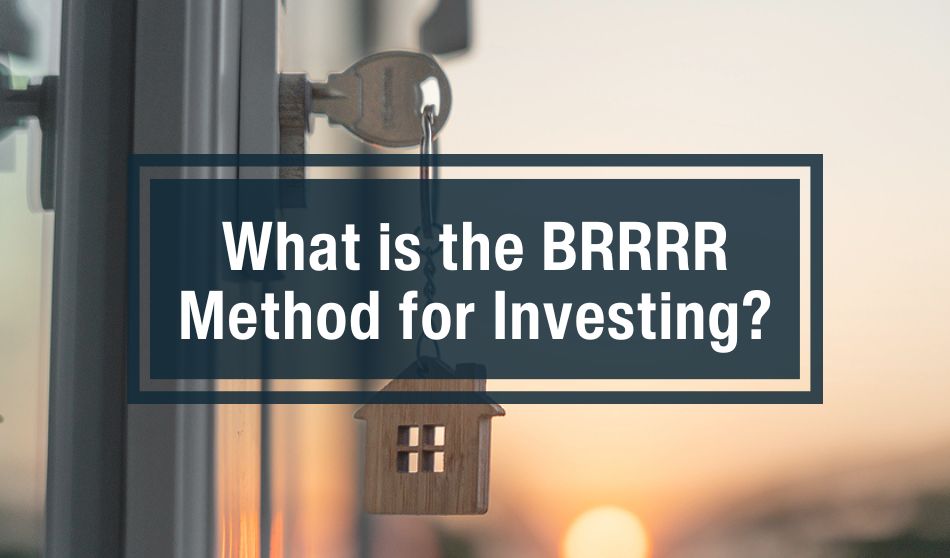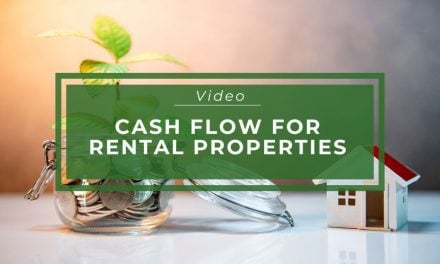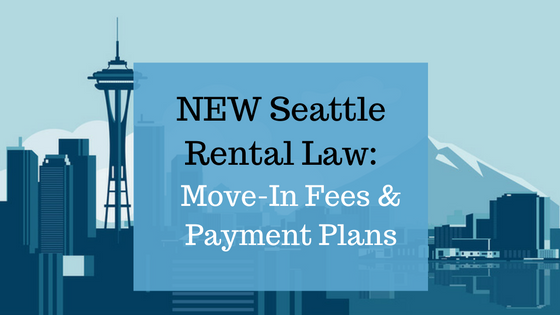
As an investor, selecting the right real estate strategy can make all the difference between success and stagnation. Among the plethora of methods available, the BRRRR approach has emerged as a compelling option, revolutionizing how investors approach property acquisition and management.
The acronym, standing for Buy, Rehab, Rent, Refinance, and Repeat, encapsulates a systematic and innovative approach that offers distinct advantages over conventional investment strategies. By strategically cycling through these steps, investors can unlock a powerful avenue for maximizing returns and expanding their portfolio.
In this paradigm, capital is not simply spent, but rather recycled and reinvested, creating a sustainable pathway towards wealth accumulation. If you’re a real estate investor considering the BRRRR method, be sure you understand what’s involved in each of the steps and the strategic advantages and long-term benefits it brings to the table.
Understanding the 5 Steps of the BRRRR Method
When executed effectively, the BRRRR Method is a powerful tool investors can use to not only generate passive income but to gain financial success in the real estate market.
- Buy
The first step involves identifying properties with potential, conducting thorough market research, and negotiating favorable deals to help you decide which property to buy. You’ll want to opt for a distressed property that requires some renovation to meet code standards and become rent-ready. Properties in this category are typically more budget-friendly at the time of purchase. - Rehab
Distressed properties usually necessitate significant renovation efforts. During this phase of the BRRRR Method, you’ll make strategic safety, structural, and aesthetic improvements to increase the property’s value and prepare it for renters. - Rent
Once the property is renovated, it’s time to find suitable tenants and start generating rental income. But first, you’ll need to determine the optimal rental rate for your property, considering factors such as location, amenities, and market demand. - Refinance
When you reach the refinancing stage, you can leverage the property’s increased value to secure favorable financing terms. Evaluating the financial implications of refinancing, including its impact on cash flow and ROI is essential for making informed decisions. - Repeat
The final step in the BRRRR method is to repeat the process all over again so you can scale your real estate portfolio and achieve greater success in the market.
Pros of the BRRRR Method
Now that you’ve got a good understanding of the 5 steps of the BRRRR Method, let’s take a look at the benefits of using it as part of your real estate strategy.
Maximizes Cash Flow
By acquiring distressed properties, renovating them, and renting them out at competitive market rates, you can generate significant cash flow. Charging rates that align with market norms ensures a steady stream of rental income, helping to cover expenses like mortgage payments, property taxes, and maintenance costs so you can maintain a profit margin.
Forced Appreciation
Through strategic renovations and improvements, you can increase the value of the property, leading to substantial appreciation in its market value. By carefully identifying and executing the right enhancements, investors have the power to transform a distressed property into a highly desirable asset.
However, this process involves a meticulous approach, focusing on key areas that add the most value to the property. It might include modernizing kitchens and bathrooms, upgrading flooring and fixtures, enhancing curb appeal, and addressing any structural or safety concerns. Additionally, energy-efficient upgrades or smart home technologies can further boost the property’s appeal.
The result of these strategic renovations is a property that not only meets current market standards but often exceeds them. Subsequently, this heightened desirability leads to a notable appreciation in market value, as the property is now capable of commanding a higher price due to its improved condition and amenities.
Risk Mitigation
When you focus on distressed properties that can be acquired at a lower cost, you may have more room for error in investment decisions, enabling you to reduce the overall risk associated with the investment. The lower initial acquisition cost creates a buffer that can absorb unexpected challenges that may arise during the acquisition and renovation process. For example, if unanticipated repairs or upgrades become necessary, the initial lower cost of acquisition can offset these expenses.
And since the purchase price is lower, you’ll often have the opportunity to negotiate more favorable terms with sellers. This could include contingencies, closing costs, or even seller financing arrangements, further reducing the financial exposure associated with the acquisition.
Tax Benefits
Real estate investors receive various tax advantages, such as deductions for mortgage interest, property taxes, and depreciation, which can help optimize their overall tax strategy. By understanding and strategically leveraging these benefits, you can optimize your tax position. It’s crucial, however, to consult with a tax professional or advisor who specializes in real estate investments to ensure compliance with tax laws and to maximize the benefits available to you.
Flexible Exit Strategies
For investors utilizing the BRRRR Method, flexible exit strategies are a tremendous advantage. It provides them with a range of options tailored to market conditions and their specific goals. If market conditions are favorable, they can choose to sell the renovated property for a substantial profit. Alternatively, if they prefer to generate consistent rental income, they can retain the property and enjoy a steady cash flow. The property can also serve as collateral for future investments, enabling investors to leverage their portfolio for further expansion.
Downsides of the BRRRR Method
Although there are several advantages to using the BRRRR Method, there are other factors you need to assess before you decide to implement it in your real estate strategy.
High Initial Capital Requirements
Acquiring distressed properties and funding the necessary renovations can require a large upfront investment. For investors who may have limited access to capital or prefer to allocate their resources across a broader range of investments, it’s easy to understand why this financial commitment may be a deterrent.
It may limit the number of projects an investor can undertake simultaneously, slowing down the scaling of their real estate portfolio. Relying heavily on borrowed capital for acquisition and renovation can also increase the financial risk if the property does not appreciate or generate sufficient rental income as expected.
Market Risk
Because the success of a BRRRR method investment is intricately tied to the prevailing market conditions, investors need to carefully analyze the market before committing to a project. It’s best to conduct a multifaceted evaluation, starting with an analysis of local property values and trends.
Understanding how property values have evolved over time can provide crucial insights into appreciation or depreciation in the future. Investors also need to study rental demand and vacancy rates. A market with high demand and low vacancy rates generally indicates a more favorable environment for rental properties.
Economic indicators, such as job growth and population trends, also play a pivotal role. A thriving job market and population growth can contribute to a robust rental market, increasing the likelihood of securing reliable tenants. Examining comparable properties in the area provides a benchmark for setting competitive rental rates.
Learn more: What are Rental Comps?
Renovation Challenges
Renovating a distressed property can be a complex process, and unexpected issues may arise, leading to delays and additional costs. For example, factors like unforeseen structural issues, hidden damages, or unexpected upgrades can lead to budget overruns. Delays due to weather, material shortages, or scheduling conflicts can also disrupt timelines.
Management Intensity
Managing a property, especially one that has undergone extensive renovations, can be time-consuming and may require a hands-on approach. From overseeing contractors and ensuring renovations are executed to supervising day-to-day operations like maintenance and tenant relations, the responsibilities can be extensive. This can be particularly challenging for investors with limited time or those looking for a more passive investment approach.
Financing Risks
Securing financing for the project, especially the refinance phase, can be a critical factor in determining the overall success and profitability of your investment. Depending on market conditions and individual financial situations, interest rates and lending terms may fluctuate. Qualifying for a refinance after renovations can also be tricky since property values and lending criteria may change.
Market Saturation
In competitive real estate markets, finding suitable distressed properties at a reasonable price may become increasingly difficult as more investors adopt the BRRRR method. As a result, acquisition costs may rise, and profit margins may decrease.
The Bottom Line
The BRRRR Method offers the opportunity for passive income and gradual expansion of your real estate portfolio. Nevertheless, it demands patience as you navigate through the phases of property renovation, tenant acquisition, and the necessary seasoning period before becoming eligible for a cash-out refinance. Weighing these advantages and disadvantages is essential when strategizing your next move. In some cases, a traditional investment approach may align better with your goals and timelines.





